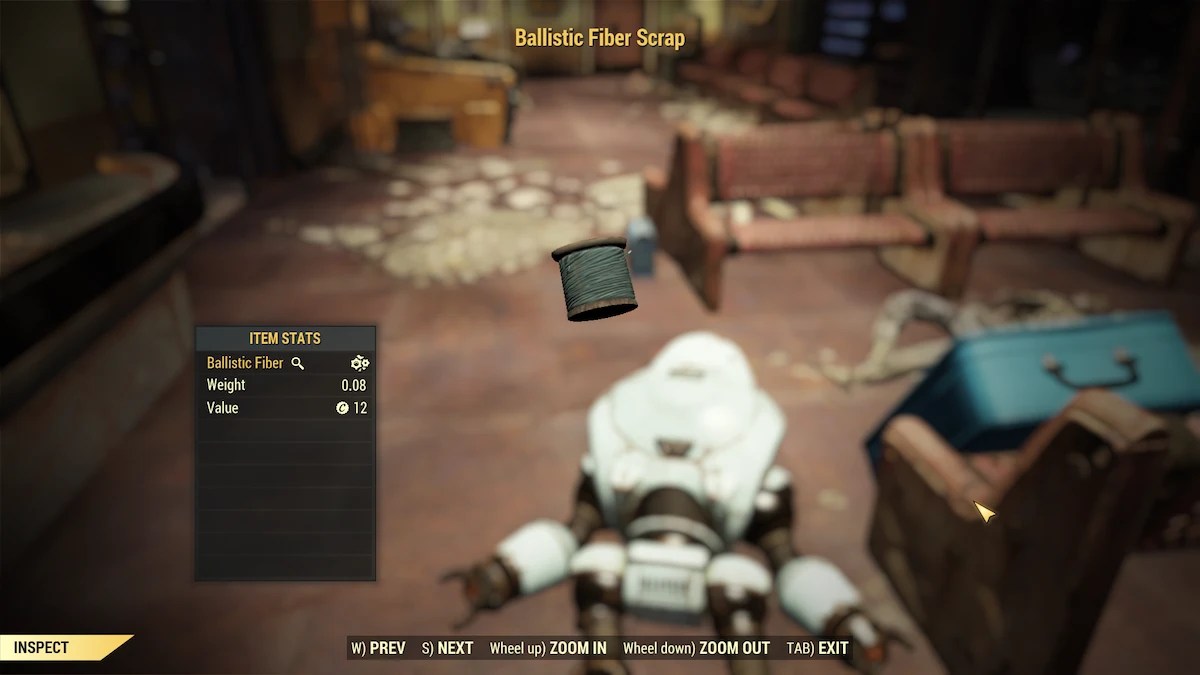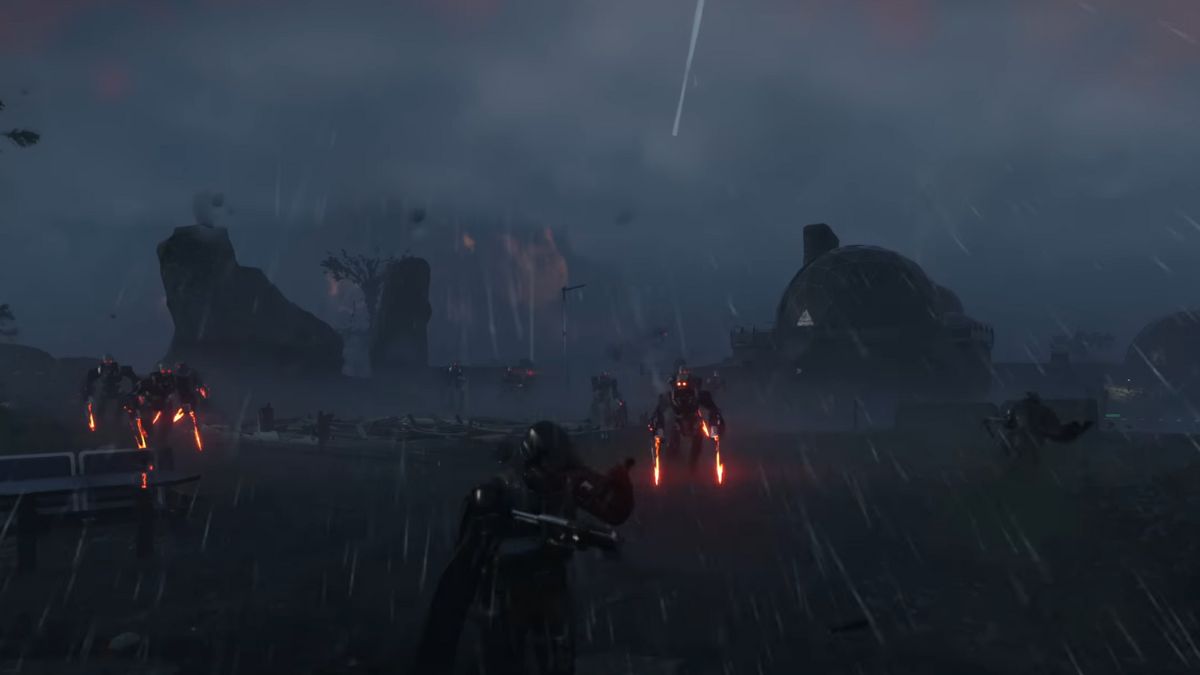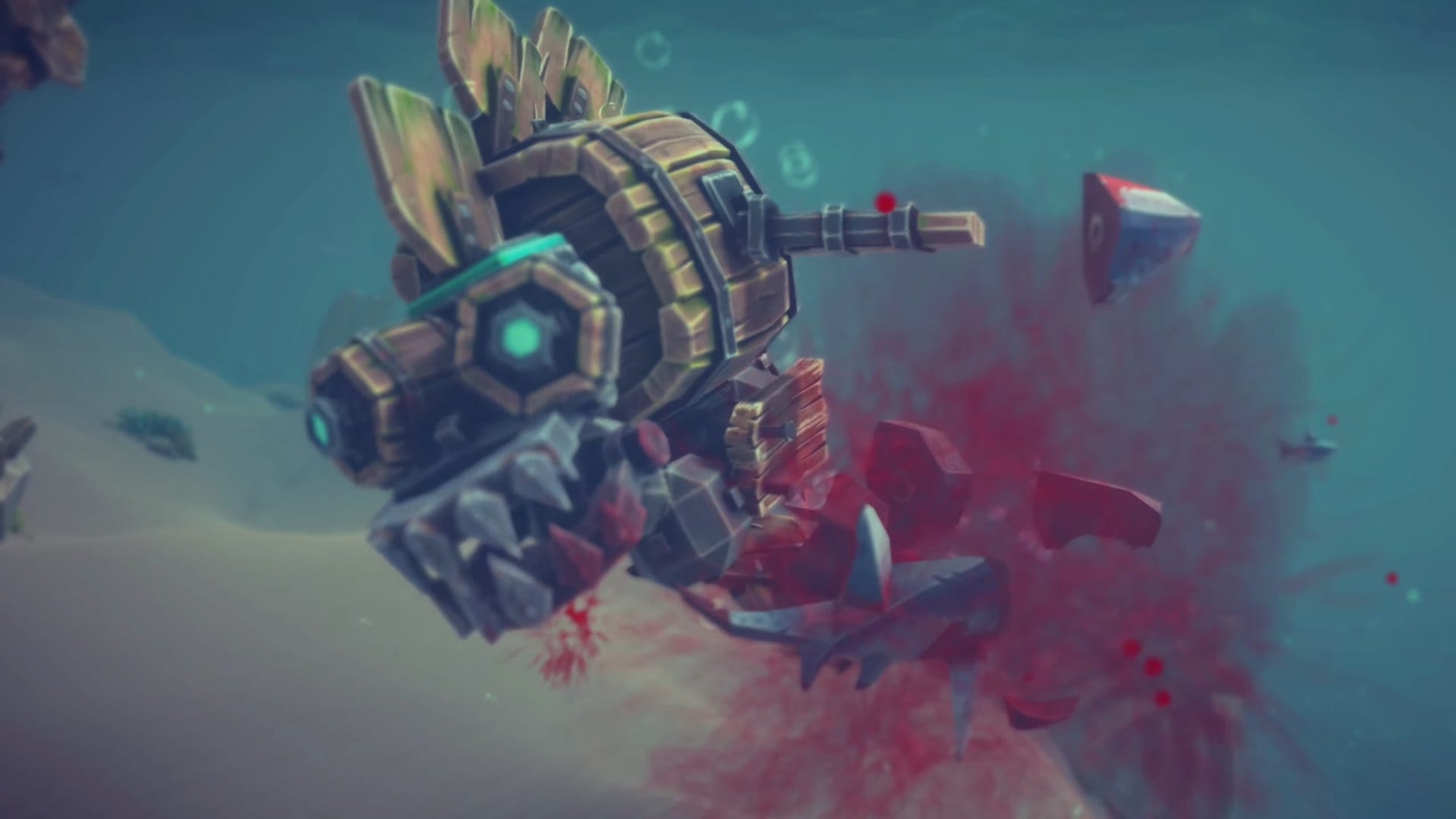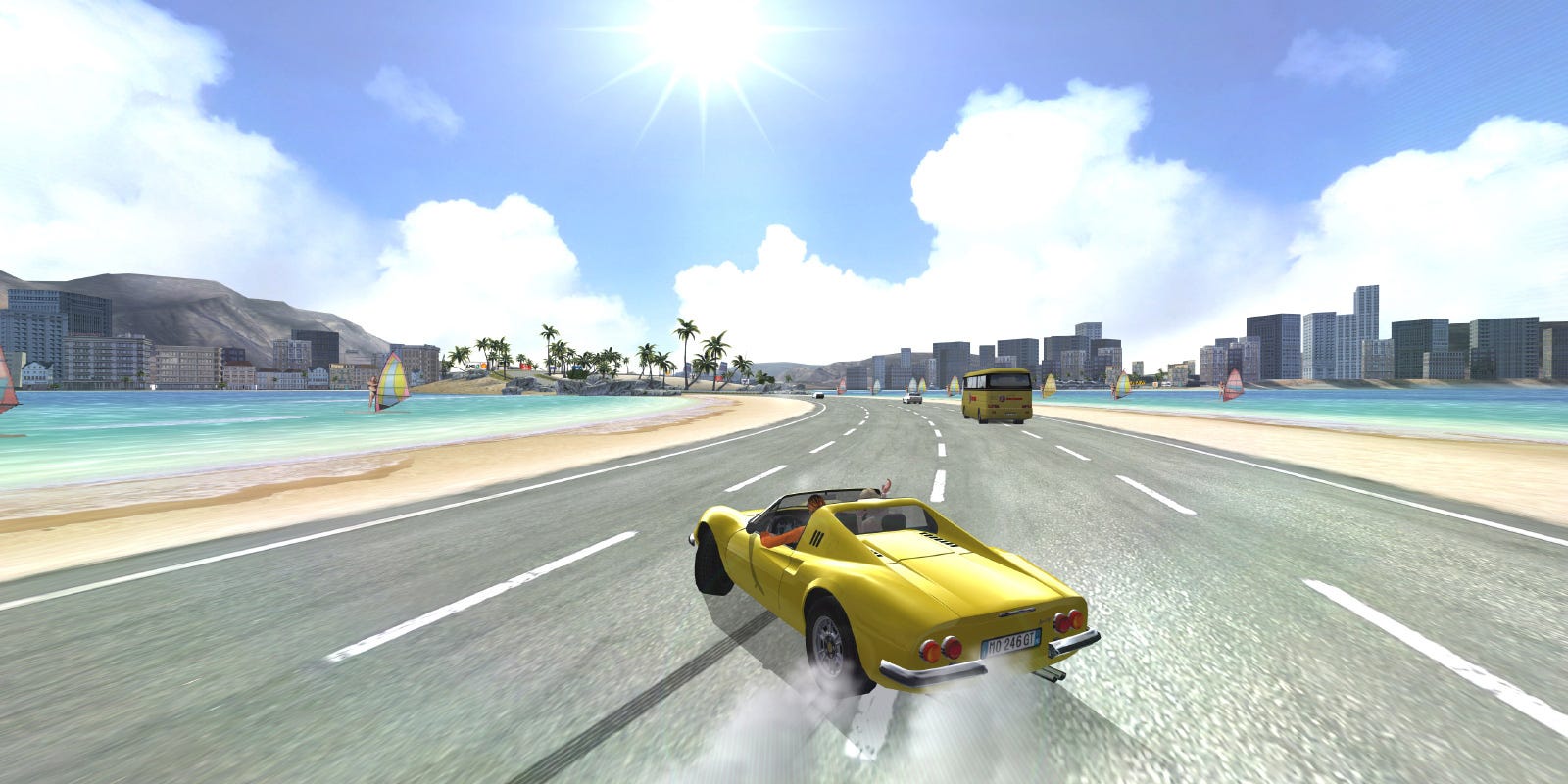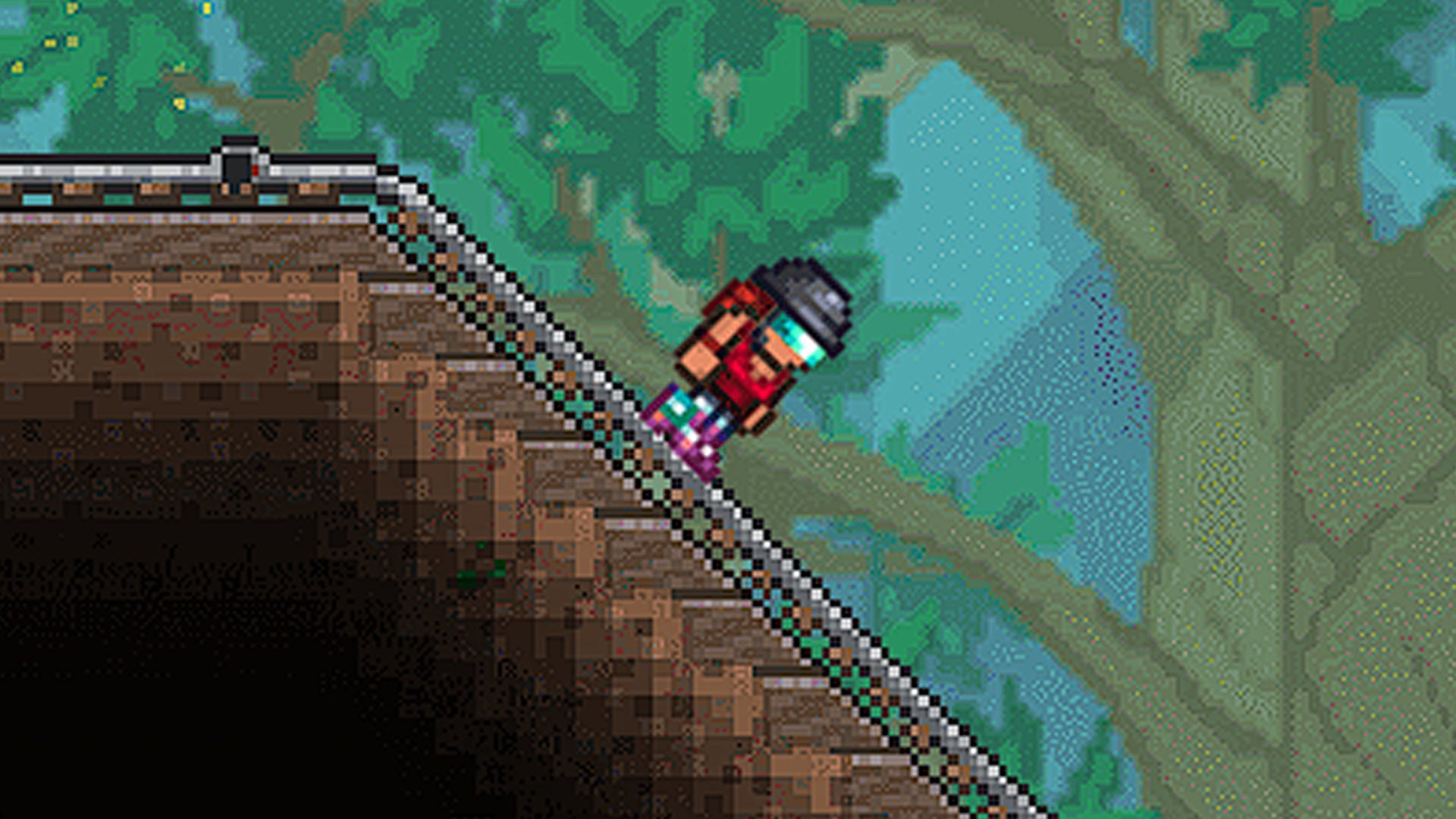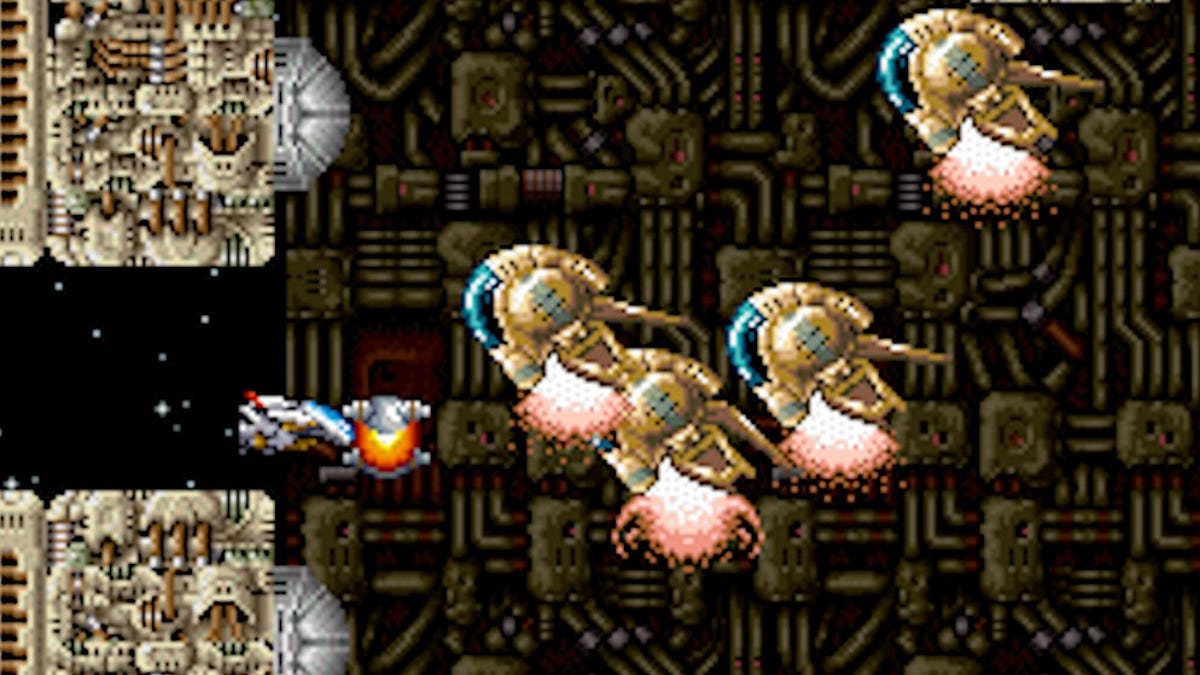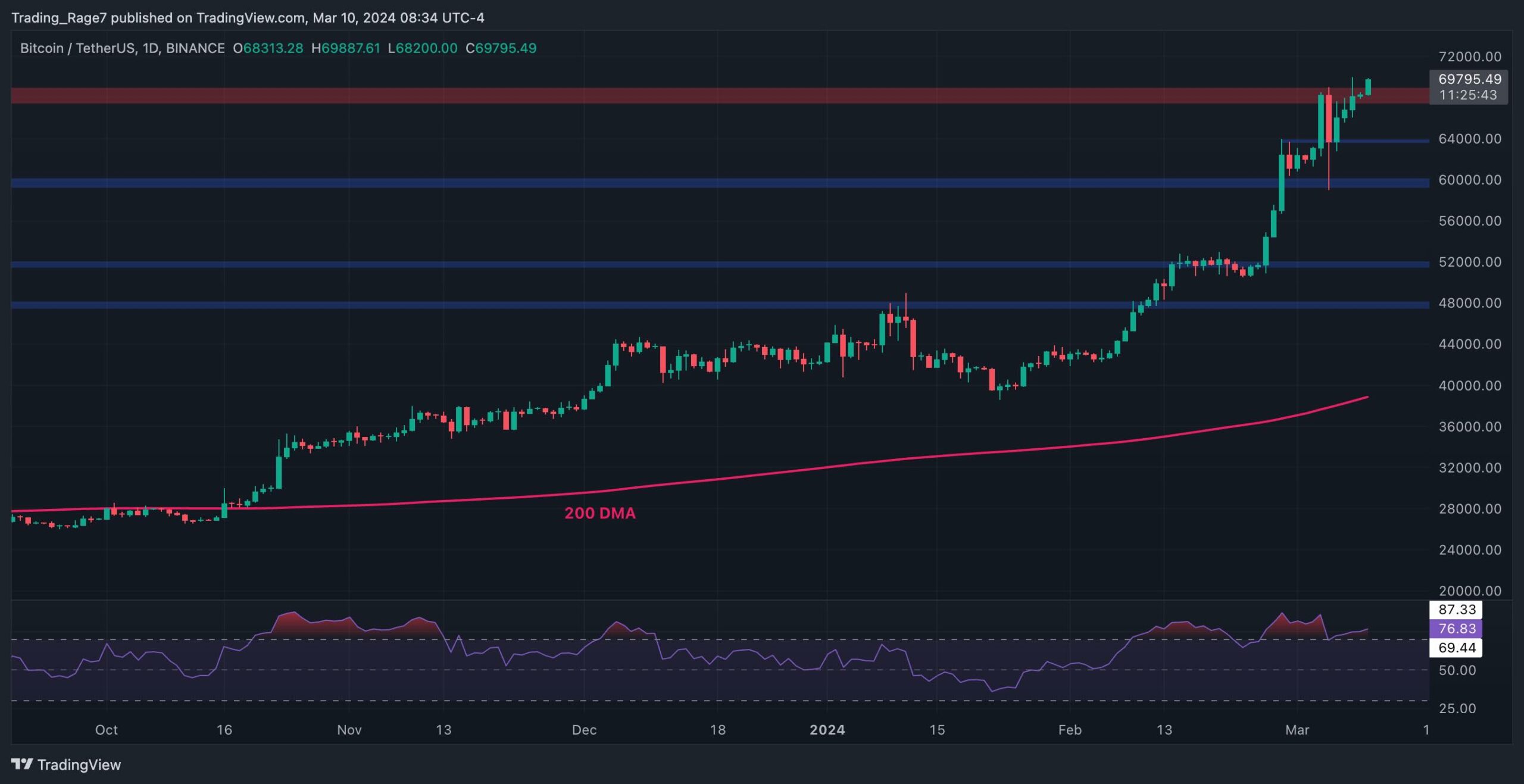Building Tears Of The Kingdom From The Bones Of BotW Was Harder Than You Would Think
Even though The Legend of Zelda: Tears of the Kingdom built off the extensive world map created for its predecessor Breath of the Wild, it wasn't as much of a development shortcut as you might think. In a GDC talk on ToTK's physics and sound systems, Zelda devs have revealed just how much had to be changed for ToTK thanks to the introduction of the game-changing Ultrahand.As covered by Eurogamer, the talk explained that the Zelda developers went into ToTK wanting to expand on BoTW's two core concepts: the "vast and seamless Hyrule," and "multiplicative gameplay"--where physics systems create novel solutions in-game even where those solutions weren't explicitly designed for.The expansion on multiplicative gameplay came from the introduction of the Ultrahand, which fundamentally changed the game by allowing players to combine objects with almost endless possibilities. Early in the development chain, this unsurprisingly resulted in a lot of chaos, with lead physics engineer Takahiro Takayama relating that he would often hear his team exclaiming "it broke!" or "it went flying!" to which he would say "I know--we'll deal with it later. Just focus on getting the gameplay together and trying it out."Continue Reading at GameSpot
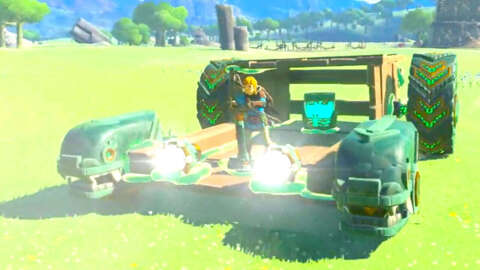
Even though The Legend of Zelda: Tears of the Kingdom built off the extensive world map created for its predecessor Breath of the Wild, it wasn't as much of a development shortcut as you might think. In a GDC talk on ToTK's physics and sound systems, Zelda devs have revealed just how much had to be changed for ToTK thanks to the introduction of the game-changing Ultrahand.
As covered by Eurogamer, the talk explained that the Zelda developers went into ToTK wanting to expand on BoTW's two core concepts: the "vast and seamless Hyrule," and "multiplicative gameplay"--where physics systems create novel solutions in-game even where those solutions weren't explicitly designed for.
The expansion on multiplicative gameplay came from the introduction of the Ultrahand, which fundamentally changed the game by allowing players to combine objects with almost endless possibilities. Early in the development chain, this unsurprisingly resulted in a lot of chaos, with lead physics engineer Takahiro Takayama relating that he would often hear his team exclaiming "it broke!" or "it went flying!" to which he would say "I know--we'll deal with it later. Just focus on getting the gameplay together and trying it out."
What's Your Reaction?







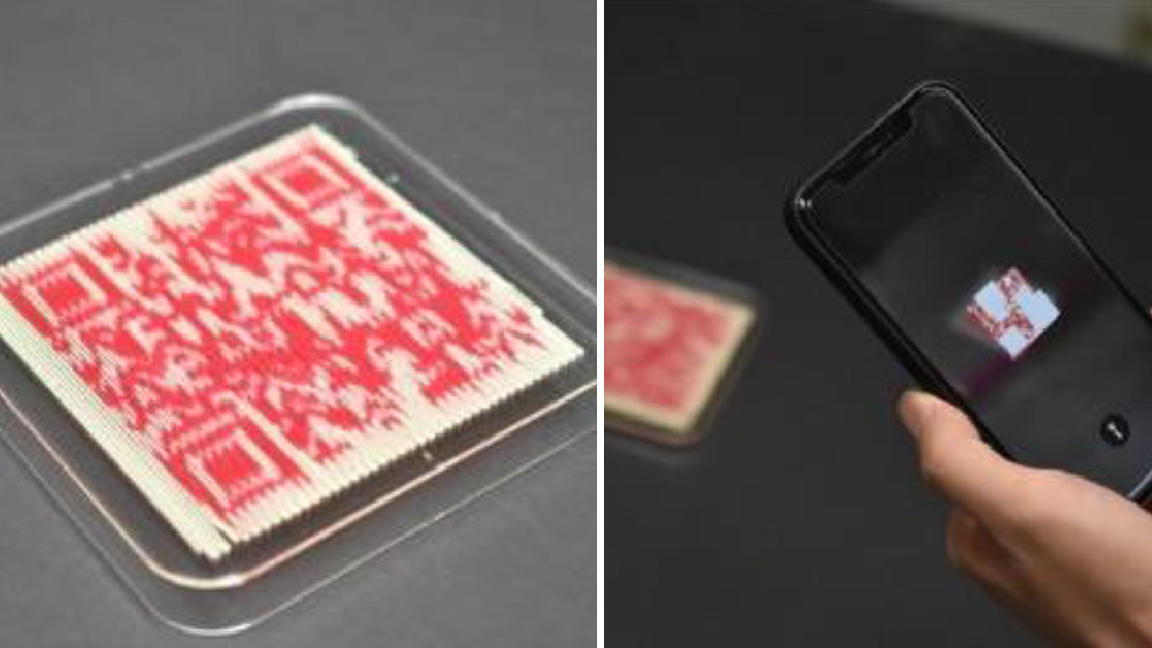

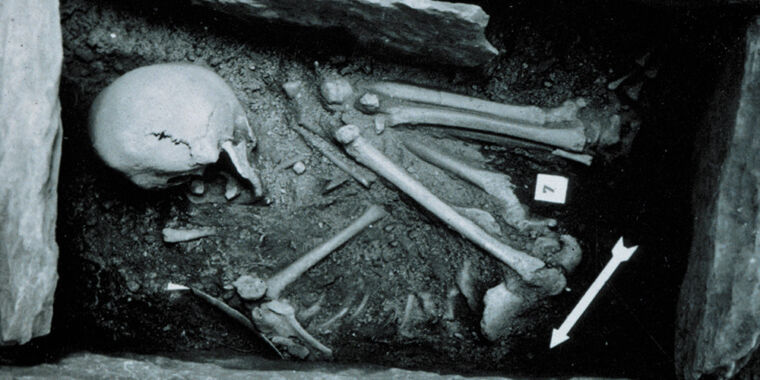










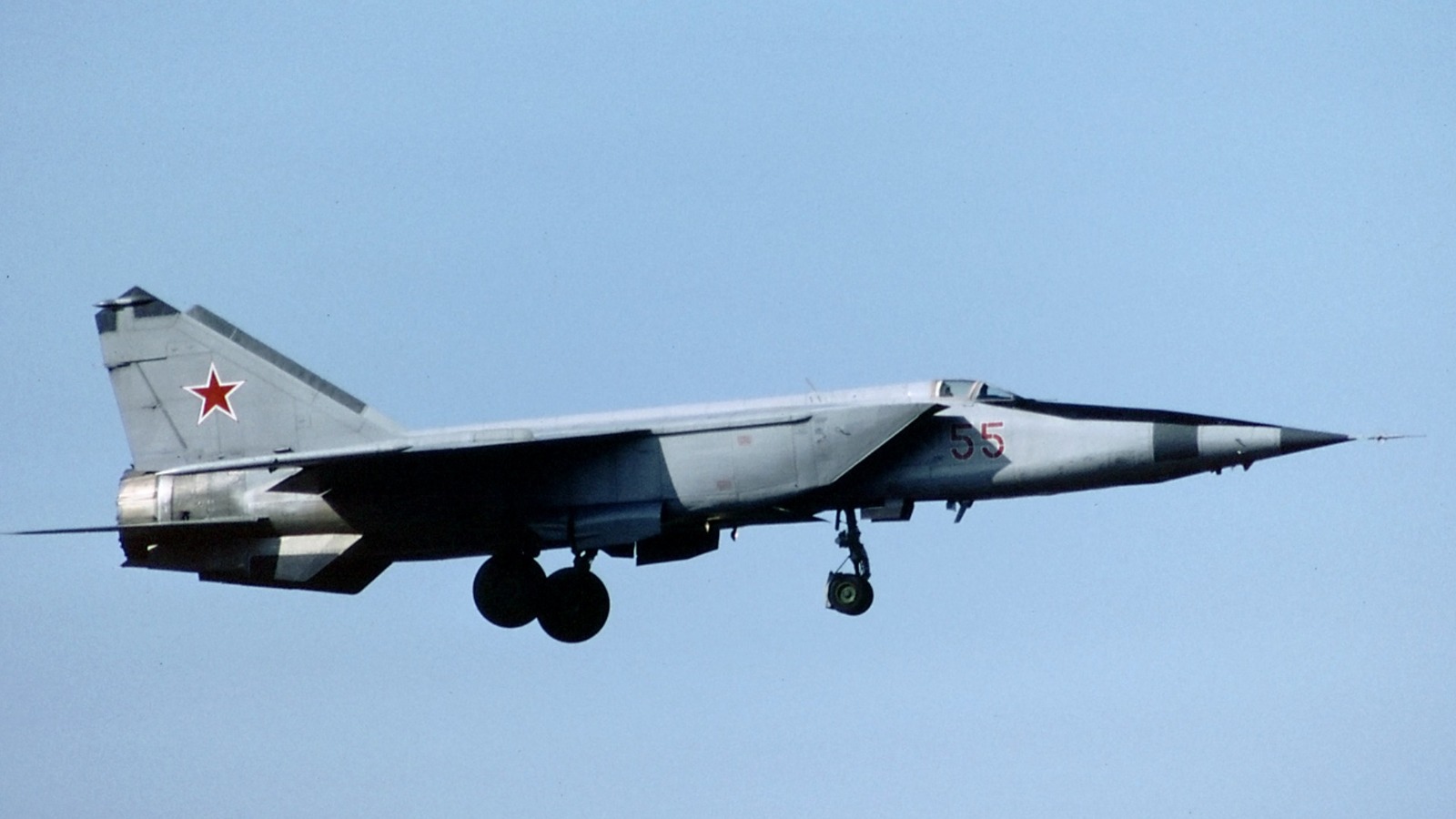
/cdn.vox-cdn.com/uploads/chorus_asset/file/25518688/8A0A1493.jpeg)

